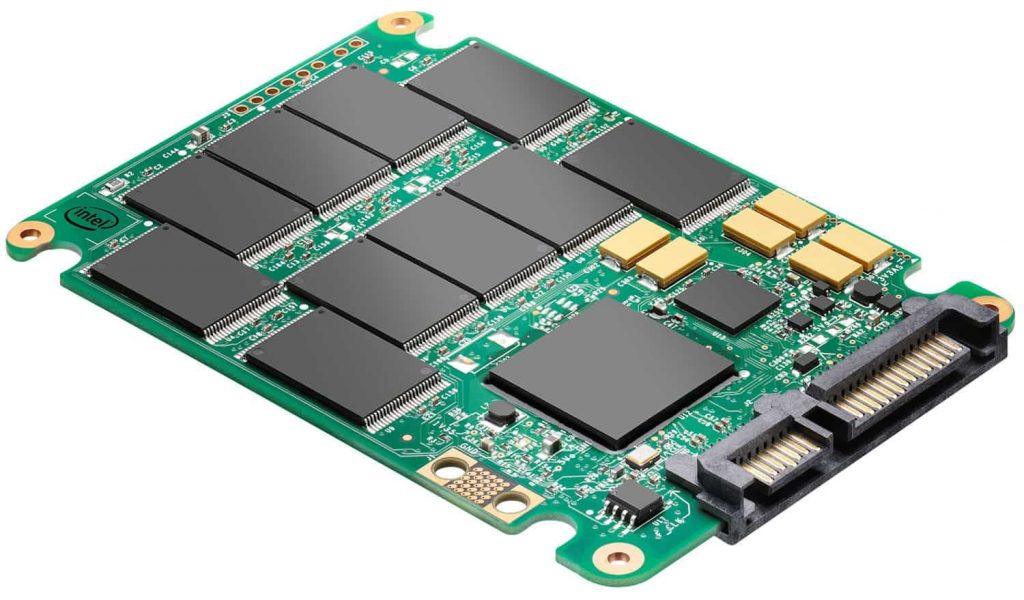Table of Contents
Why Do SSDs Have a Limited Lifespan?
Introduction
Solid state drives (SSDs) have a limited lifespan because they are a type of storage that relies on memory chips to store data. These memory chips can only withstand a certain number of write-and-erase cycles before they begin to wear out and fail.
As an SSD is used and data is written to and deleted from it, the memory chips will eventually reach the end of their lifespan and the drive will no longer be able to function. This is known as “wear and tear” on the SSD, and it is the primary reason that SSDs have a limited lifespan.
There are other factors that can contribute to the wear and tear on an SSD, such as the quality of the memory chips and the type of data being written to the drive.
For example, if an SSD is used to store large files that are frequently written and deleted, it may have a shorter lifespan than an SSD that is used to store smaller, more static files.
Why Do SSDs Have a Limited Lifespan?
Overall, the lifespan of an SSD will depend on a variety of factors, including the quality of the drive, the type of data being stored on it, and the amount of usage it receives.
SSDs are rated for a certain number of write and erase cycles, and it is generally recommended to try to minimize the number of writes to the drive in order to extend its lifespan.
Factors that Influence the Life Span of a SSD
There are several factors that can influence the lifespan of a solid-state drive (SSD). These include:
Write and erase cycles
As mentioned earlier, SSDs rely on memory chips to store data. These chips can only withstand a certain number of write-and-erase cycles before they begin to wear out and fail. The more writes and erases an SSD undergoes, the shorter its lifespan will be.
Quality of the memory chips
The quality of the memory chips used in an SSD can also impact its lifespan. Higher-quality chips are typically more durable and can withstand more write and erase cycles before failing.
Type of data being written
The type of data being written to an SSD can also have an impact on its lifespan. If an SSD is used to store large files that are frequently written and deleted, it may have a shorter lifespan than an SSD that is used to store smaller, more static files.
Operating conditions
The operating conditions of an SSD can also affect its lifespan. For example, if an SSD is exposed to extreme temperatures, it may have a shorter lifespan than an SSD that is operated within a more moderate temperature range.
Quality of the SSD
The overall quality of the SSD can also play a role in its lifespan. Higher-quality SSDs are typically more durable and reliable than lower-quality drives.
Overall, the lifespan of an SSD will depend on a combination of these and other factors. Most SSDs are rated for a certain number of write and erase cycles, and it is generally recommended to try to minimize the number of writes to the drive in order to extend its lifespan.
How to Increase the Life Span of a SSD?
There are a few steps you can take to help increase the lifespan of your solid-state drive (SSD):
Use TRIM
TRIM is a command that helps to improve the performance and lifespan of an SSD by allowing the operating system to notify the SSD which blocks of data are no longer needed and can be safely erased. Enabling TRIM on your SSD can help to reduce the number of writes and erase cycles it undergoes and extend its lifespan.
Minimize writes
As mentioned earlier, SSDs have a limited number of write and erase cycles they can withstand. To help extend the lifespan of your SSD, try to minimize the number of writes to the drive. For example, you can use the drive for storing files that are not frequently modified, such as documents and media files, instead of using it as a scratch disk for applications.
Use a high-quality SSD
Investing in a high-quality SSD can also help to improve its lifespan. Look for an SSD that uses high-quality memory chips and has a good reputation for durability and reliability.
Avoid extreme temperatures
Exposing an SSD to extreme temperatures can shorten its lifespan. To help extend the life of your SSD, try to keep it within a moderate temperature range and avoid exposing it to extreme heat or cold.
Keep your SSD firmware up to date
Keeping your SSD firmware up to date can help to improve its performance and stability, which can in turn help to extend its lifespan. Check with the manufacturer for firmware updates and follow their instructions for installing them.

Conclusion
Overall, following these steps can help to improve the lifespan of your SSD and ensure that it continues to perform at its best for as long as possible.

